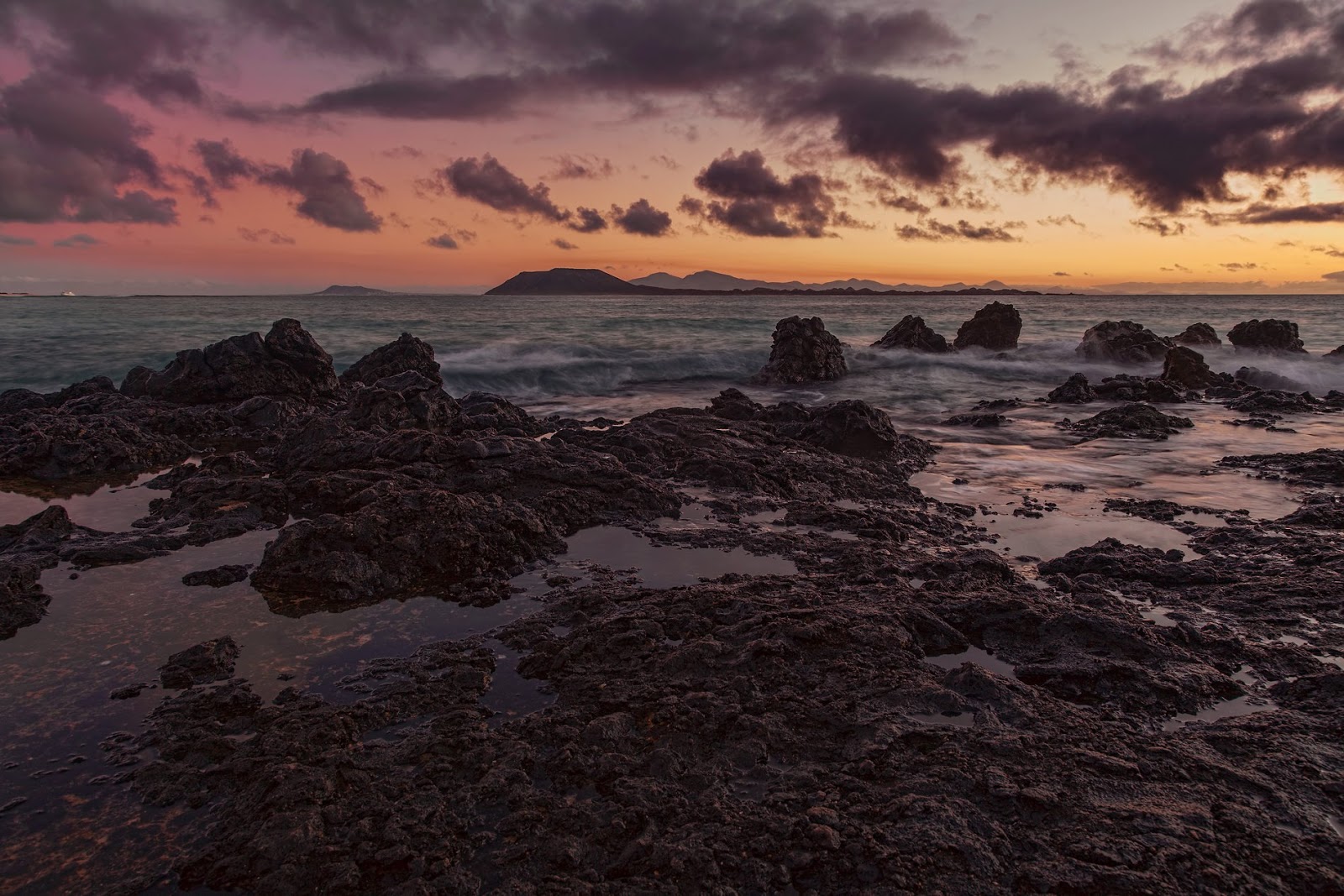Although some of you might argue that the best friend of landscape photographer is either a solid tripod or a 3-stop gradual density filter I believe that it is in fact circular polarizer filter you should always have with you when shooting landscape photos. It is the filter I would pick if I had to choose only one filter to have with me during any of my travels.
In this short post I will try to write a few words about what is circular polarizer filter and what are its advantages.
First of all you have to be aware that colours we see are not "natural" colours. The light is reflected of multiple surfaces, like leaves or water surface resulting in much brighter and often disturbing colours (light is polarized). Circular polarizer filter is capable of reducing these effects to a great degree: colours become more natural and saturated, sky is becoming darker and also more saturated, details are restored in the clouds and finally reflections on various surfaces are reduced (eg. water, glass).
Below is a very short video footage showing capabilities of a circular polarizer filter. At the beginning of this video I had polarizer "disabled" (by this I mean that it was at such position that it didn't produce any effects). Then I slowly turn it and at the end it's at its full power.
As you can see from the video above circular polarizer filter can remove reflections significantly. It also increases saturation pretty much. If it isn't that clear from the video above compare first and last frame of it:
It's easiest to see the difference in the water (it has so much nicer and more natural colour without disturbing reflections). But also take a look at the bottom right corner and compare the look of greens. Green in the second image is much more natural and vivid. Generally the second image is more pleasing and looks nicer. Also it seems to have more contrast.
Here are some facts about circular polarizer filter:
- Circular polarizer filter works best when you point your camera 90 degrees from the sun. It works worst when shooting directly into the sun or at 180 away from it.
- When shooting indoors you won't notice any increase of colours saturation but you can still control reflections. Just be sure to shoot them at an angle of 50 degrees with which circular polarizer will be more powerful.
- Circular polarizer filter might be also used to make exposures longer. Typical circular polarizing filter stops about 1.5 - 2 stops of light what means that it can be used as a cheap alternative to a neutral density filter. 2 stops of light isn't that much but it can be enough for instance to make water a little bit smoother. You should keep that in mind when shooting travel photography. It often happened to me that first I was shooting some landscapes and then entered some darker interiors and forgot to take circular polarizer off my camera what resulted in too long exposures to hand held them.
- Circular polarizer filter "shines" on the cloudy weather. In point 1 I mentioned that circular polarizer works best at 90 degrees away from the sun... well, when the sky is overcast it doesn't really matter - it works well at all angles! Why? It's because in such conditions light is more diffused (clouds work as a giant diffuser) - the light is being reflected/refracted from the particles in the clouds and it comes from all directions. So cloudy weather is great for using circular polarizer. But you will most likely need to use tripod during such weather (for the reason this filter stops light).
- Many people claim that circular polarizer filter can't be used with wide-angle (and especially ultra-wide angle) lenses because for focal lengths of 28 mm or wider the sky will be unevenly polarized. Well - in my opinion it's up to you. If you like the effect, why don't you go with it? I use circular polarizer on my wide-angle lenses and am pretty happy with the results. Another issue with circular polarizers and wide-angle lenses is that these filters are often thick what can result in vignetting in the corners of the frame. The solution is to buy "thin" version of the filter - almost all filters manufacturers offer them (although they might be slightly more expensive from "thick" ones).
- Some people recommend not using circular polarizer when you shoot HDRs. Again - I do this very often.
- One of the mistakes some people do is removing too much of the reflections. You should only turn the circular polarizer to such a position that the image looks natural and doesn't have disturbing reflections but situation where boat seems to flow in the air doesn't seem to be really natural. So keep this in mind.







